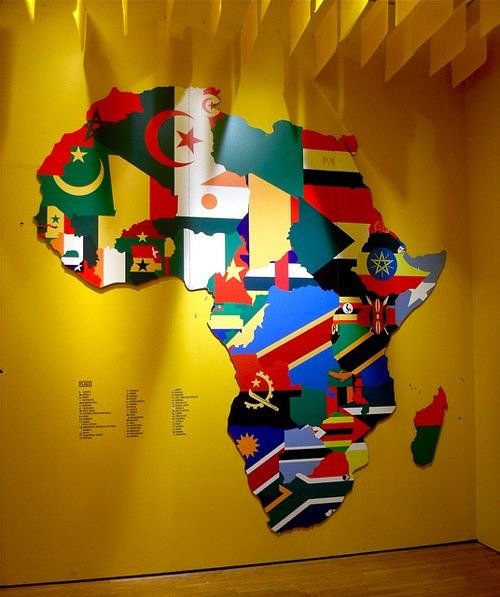African Flags: A Colorful Representation of Culture and Identity
Colors that Tell Stories: Uncover the Rich Cultural Significance of African Flags and Their Representation of Identity!

Posted on Fri 7 Jul 2023 · by Certified Africa
Flags are an important symbol of national identity and pride. In Africa, each country has its own unique flag that represents its culture, history, and people. These flags are often characterized by vibrant colors, bold designs, and meaningful symbolism. In this blog post, we will take a closer look at African flags and explore the stories behind their designs.
The Meaning Behind African Flag Colors
African flags are known for their bright and bold colors, which often represent important values and beliefs. For example, the green, yellow, and red colors of the Ethiopian flag symbolize the country's hope, peace, and prosperity. Similarly, the green, white, and blue colors of the Nigerian flag represent the country's agricultural wealth, peace, and patriotism. The red, gold, and green colors of the Ghanaian flag are also rich in symbolism, representing the country's struggle for independence, mineral wealth, and abundant vegetation.
The Importance of Symbolism in African Flags
In addition to color, African flags are often characterized by the use of symbols and emblems. These symbols may be drawn from nature, historical events, or cultural traditions. For example, the Zimbabwean flag features a depiction of a bird, which represents the country's history and culture. The bird is based on a design found in ancient Zimbabwean ruins and is a symbol of the country's greatness and potential. Similarly, the South African flag features a unique design that incorporates elements from several different cultures and traditions, including the Xhosa and Zulu peoples.
The Evolution of African Flags
African flags have undergone significant changes over time, reflecting the complex history and politics of the continent. Some countries have changed their flags multiple times, while others have maintained the same design for decades. For example, the flag of Libya has undergone several changes since the country gained independence in 1951. The current flag features a simple design consisting of a green field with no other symbols or colors. This minimalist approach is in stark contrast to many other African flags, which are often characterized by complex designs and vibrant colors.
Conclusion
In conclusion, African flags are an important symbol of culture and identity. They are characterized by bright colors, meaningful symbolism, and a rich history. Each flag tells a unique story about the country it represents, reflecting the complex and diverse nature of the African continent. By understanding the stories behind these flags, we can gain a deeper appreciation of the people, cultures, and traditions that make Africa such a vibrant and fascinating place.